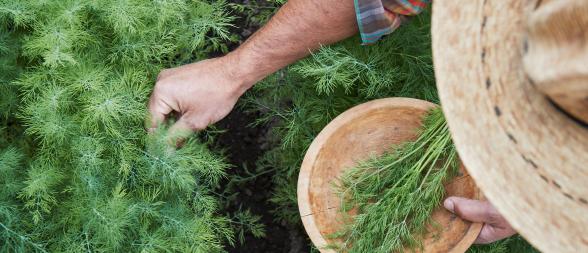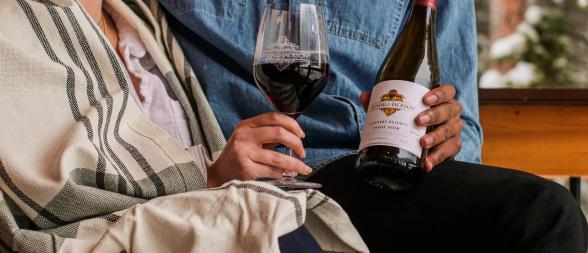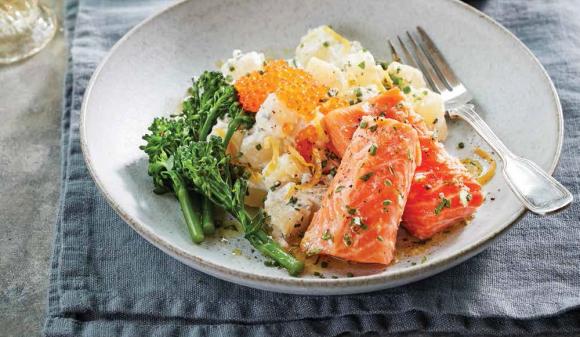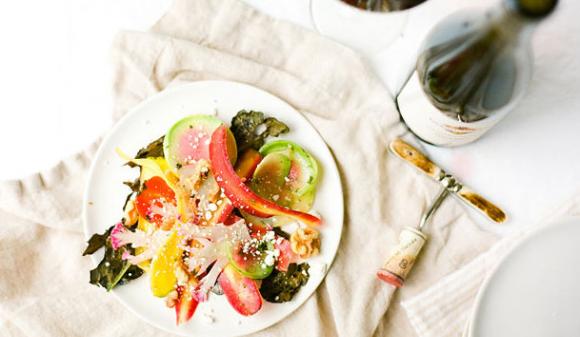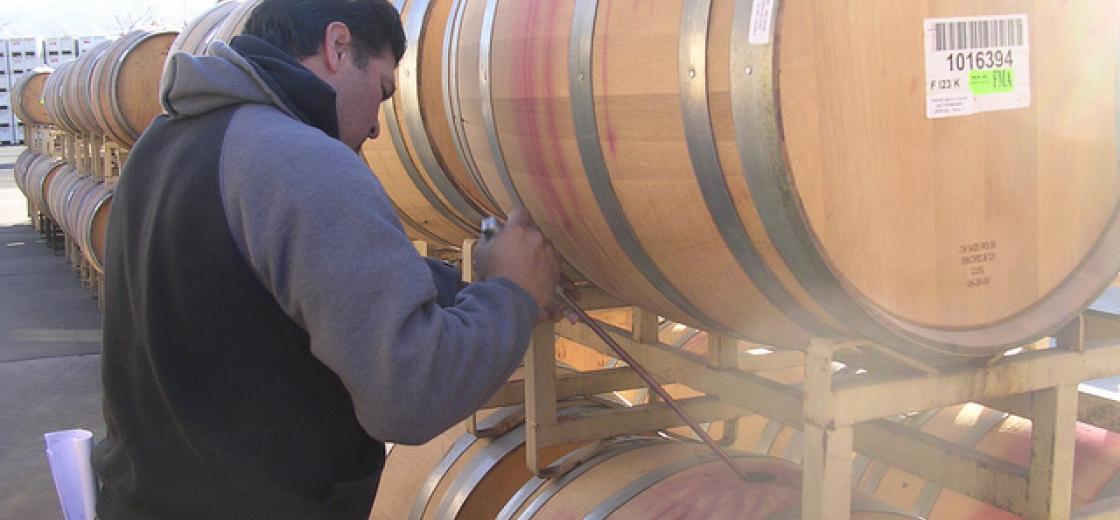
Post-Harvest Relaxation? Not A Chance
Now that harvest is over everyone asks if I have lots of time for rest and relaxation. In reality, this time period is almost as busy as harvest. We’re in a race against time here too, and I don’t feel I can truly relax until all the wines are safely tucked away for the winter.
The time between Thanksgiving and the end-of-year holidays is always filled with excitement. The newly fermented red wines enter their next phase of progression toward the bottle. We are occupied now with making sure that the wines are stable and well protected for the long aging period they will go through in barrel.
In fact, many of our red wines are already in barrel. These are the richest, densest and most complex of our wines (typically very small lots). Other wine lots are still in tank, waiting for their time to be moved to barrel.
Wines at this period in their life are in a very delicate stage. We can no longer rely on the overwhelming carbon dioxide release from fermentation to protect the young wine from oxidation and spoilage. Also, we have yet to add any sulfites, both an anti-microbial and an antioxidant, to the wine. Many spoilage organisms that require air to reproduce and flourish have their best chance of taking hold at this time. This is the main reason why we are so diligent and demand the best practices in handling and cleanliness.
In addition, we are analyzing and tasting each and every wine on a weekly basis to ensure they remain sound. It is a harrowing time indeed, but also very rewarding. We get the opportunity to really see the vintage as a whole. We get to see the results of all our babying and manipulation over the fermentation period; and we get to assess quality of individual lots and start to imagine eventual blends.
This phase in the wine cycle is when malolactic fermentation takes place (more on this cycle starting next week). Wines that have progressed through the malolactic conversion are being given their first dose of sulfites to protect them from spoilage and unwanted oxidation. So, as each individual lot makes this transition, the list of wines we worry over gets smaller and smaller.
The winemaker gets to breathe a little easier, and before you know it spring is here and we’re fully occupied by the routine that follows. It is a yearly ritual that we attend to with near-religious fervor. It takes patience, understanding and above all, passion.

